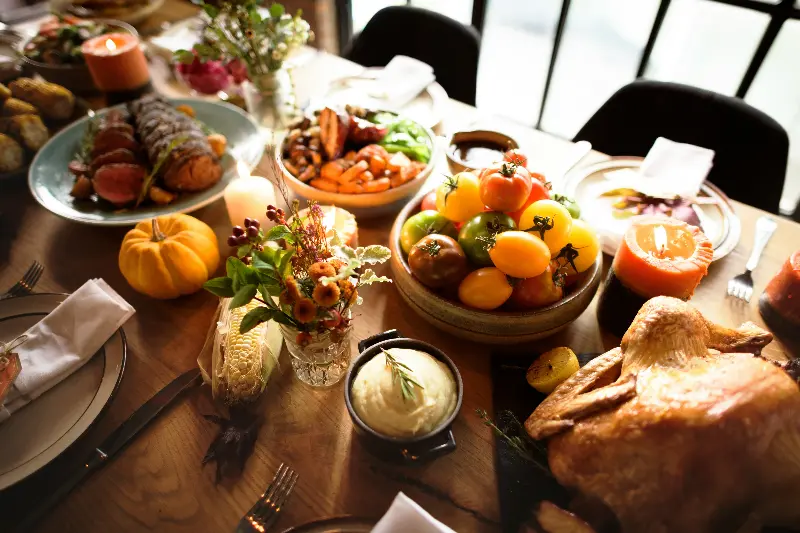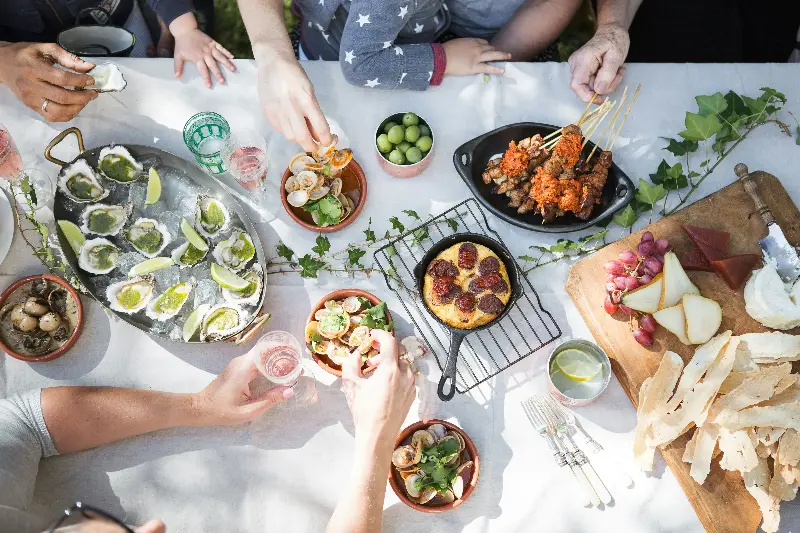
Whether it’s the aroma of fresh-baked bread wafting through a Parisian bakery, the warmth of a home-cooked meal during the holidays, or the spice-laden dishes filling the night markets of Bangkok, food is much more than just fuel. It’s a living history, a powerful bridge across generations, and a delicious way for cultures to express identity, memory, and shared meaning. But how exactly does what we eat shape who we are, both as individuals and communities?
From Crop to Culture: The Evolution of Cuisines
Sit down at any family table and you’re tasting centuries of history. Every bite reflects stories of migration, adaptation, and survival. The famous Italian tomato? It crossed the Atlantic from the Americas just a few hundred years ago. The Indian curry’s fiery heat comes from chillies first brought over by Portuguese traders.
Rather than static traditions, national and regional cuisines are shaped by:
- Climate and geography, dictating what grows locally
- Trade routes that introduce exotic flavours and ingredients
- Historical conquests and colonisations blending diverse foodways
- Innovations and improvisations by everyday cooks
Our favourite recipes are, in fact, global collaborations born out of necessity and creativity.
Food as a Keeper of Memories
Food carries powerful emotional resonance. A single mouthful can catapult us back to childhood, evoke homesickness, or help preserve fading traditions.
Think about these common experiences:
- The Taste of Nostalgia: How a grandparent’s signature dish brings memories flooding back—or the simple pleasure of recreating family recipes.
- Celebration Rituals: Birthdays mean cakes, Christmas may mean roast dinners, Eid is incomplete without sweet treats—the holidays we cherish revolve around the foods we share.
- Cultural Connection for Immigrants: For those far from their homeland, cooking traditional dishes becomes a lifeline, a way to nurture identity and introduce new generations to their roots.
The kitchen isn’t just about “what’s for dinner?”—it’s a living archive of who we are and where we come from.
Meaning Across the Menu: How Dishes Tell Our Stories
Dishes aren't merely about taste—they are edible expressions of belief, identity, and circumstance.
- Ritual foods mark life’s milestones: breaking bread in religious ceremonies, offering rice at weddings in Asia.
- Some recipes were born from hardship—like French “cassoulet” or Russian “borscht”—and now symbolise perseverance and community.
- In multicultural cities, fusion cuisine highlights our ability to blend the familiar with the new, creating something entirely unique.
By decoding what appears on our plates, we understand the journeys, struggles, and celebrations of those who came before us.

The Universal Table: Food as a Language All Its Own
Across continents, the act of gathering for a meal creates bonds that words sometimes can’t.
- Shared meals break down barriers and build friendships.
- Recipes passed from hand to hand foster mutual respect and curiosity among cultures.
- Food documentaries, cookbooks, and social media platforms let us travel the world through taste, even if we never leave home.
In a world marked by difference, the table is one of the few spaces where everyone is invited to the conversation.
Food tells stories, connects us to the past, and inspires us to imagine new futures. Next time you sit down to a meal, ask yourself: What stories does this dish hold? How does it bind you—across time, space, and memory—to others? In every bite, we taste more than flavour; we taste history, belonging, and the enduring power of shared experience. Where might your next meal take you?
